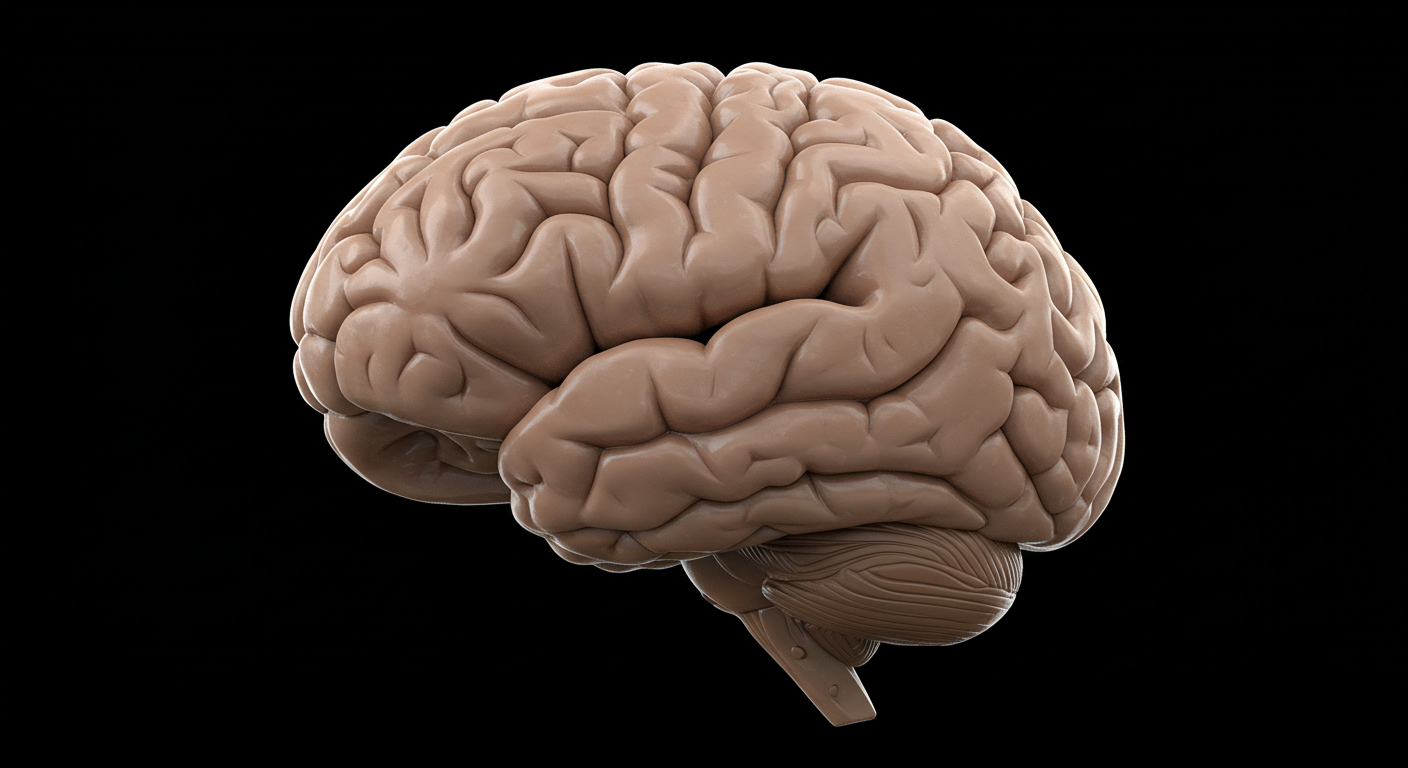What is Fragile X Syndrome?
Fragile X syndrome, also known as Martin-Bell syndrome or Escalante’s syndrome, is the most common inherited cause of intellectual disability and a leading known genetic cause of autism spectrum disorder. This condition occurs when there are changes in the FMR1 gene, which affects the production of a vital protein required for normal brain development. Without enough of this protein, the brain’s ability to make proper connections between neurons is disrupted, leading to the wide range of symptoms associated with Fragile X syndrome.
Understanding Fragile X Syndrome
Fragile X syndrome is part of a family of genetic conditions linked to mutations in the FMR1 gene. This gene is located on the X chromosome, which is why the condition presents differently in males and females. Because men only have one X chromosome, they are often more severely affected, while women, who have two X chromosomes, may experience milder symptoms or sometimes show no outward signs at all.
Statistics show that approximately 1 in 4,000 males and 1 in 6,000 females carry the full mutation that causes Fragile X syndrome. Importantly, some individuals may carry a “premutation” form of the gene without showing significant symptoms, yet they can still pass the condition to their children. This hereditary nature means that multiple individuals in one family may be affected, sometimes after skipping several generations.
How Fragile X Syndrome is Diagnosed

Diagnosis of Fragile X syndrome is made through a genetic blood test. This test looks specifically for changes in the FMR1 gene and should be considered in individuals who display early signs of developmental delays, intellectual disability, or symptoms of autism spectrum disorder. While autism is often diagnosed through behavioral assessments, experts stress the importance of including Fragile X genetic testing during evaluations. Many families and researchers are concerned that Fragile X syndrome is underdiagnosed and may be contributing to the increasing rates of autism spectrum disorders.
Signs and Symptoms of Fragile X Syndrome
Fragile X syndrome affects individuals in diverse ways. Symptoms may range from mild to severe and often impact physical appearance, behavior, learning ability, and social development.
Physical Features
- Long, narrow face
- Large or protruding ears
- Flexible joints and low muscle tone
- Soft skin
- Seizure disorders in some individuals
- Recurrent ear infections in childhood
- Enlarged testicles in males after puberty
Behavioral, Intellectual, and Social Characteristics
- Impulsive actions and hyperactivity
- Difficulty maintaining eye contact
- Hand-flapping, hand-biting, or other repetitive behaviors
- Sensory defensiveness and sensitivity to sound, light, or touch
- Cognitive impairment and learning disabilities
- Delays in speech, language, and motor skills
- High rates of autism spectrum disorder and ADHD symptoms
Challenges in Adults with Fragile X
As individuals with Fragile X syndrome reach adulthood, they may experience ongoing struggles, such as:
- Difficulty transitioning to new environments like schools or workplaces
- Challenges with independent living skills, such as managing money and transportation
- Emotional regulation difficulties, sometimes leading to aggression
- Problems with forming and maintaining friendships or relationships
Fragile X Syndrome in Females
Females with Fragile X syndrome may present differently from males. Symptoms can include:
- Difficulties with math, maps, and spatial reasoning
- Social anxiety, shyness, and poor communication abilities
- Trouble recognizing social cues
- Mood swings and increased risk of depression
- Subtle learning disabilities that may go undiagnosed
Family History Indicators
Because Fragile X syndrome is inherited, family history can provide important diagnostic clues. Some red flags include:
- Learning disabilities or intellectual impairments in family members
- A family history of autism or behavioral disorders
- Female infertility in relatives
- Neurological conditions in older adults, such as tremors, balance issues (ataxia), memory decline, or cognitive impairment after age 50
Treatments and Interventions for Fragile X Syndrome
Currently, there is no cure for Fragile X syndrome. However, research continues to make progress, especially with the support of organizations like the FRAXA Research Foundation and the National Fragile X Syndrome Foundation.
How Fragile X Affects the Brain

The FMR1 gene normally produces a protein called FMRP, which is crucial for brain development. Research has shown that without enough FMRP, the growth and connections of brain cells are delayed rather than destroyed. This discovery has given scientists hope that treatments may help the brain adapt, even later in life.
Current Therapies
Many interventions for Fragile X syndrome overlap with those used for autism and related developmental disorders. Treatment plans are often individualized and may include:
- Occupational therapy to address sensory integration issues
- Speech and language therapy for communication delays
- Applied Behavior Analysis (ABA) to reinforce positive behaviors
- Medications for symptoms such as hyperactivity, anxiety, or seizures
- Academic supports and individualized education plans (IEPs) in school settings
Emerging Medications and Clinical Trials
Researchers are actively developing medications that target the underlying biology of Fragile X syndrome. Current clinical trials are investigating:
- mGluR5 antagonists, which may help restore balance to brain signaling
- GABA(b) agonists, which may improve symptoms like hyperactivity and anxiety
These trials represent a significant step forward in creating targeted treatments that could improve quality of life for individuals with Fragile X syndrome.
Living with Fragile X Syndrome
Families and individuals affected by Fragile X syndrome often face lifelong challenges, but early intervention and supportive therapies can make a significant difference. Many children with Fragile X syndrome can learn essential skills and achieve greater independence with the right resources. Community support, access to therapies, and involvement in research opportunities all play an important role in helping individuals thrive.
Fragile X syndrome remains one of the most important conditions to recognize in the fields of genetics, neurology, and developmental disorders. With growing awareness, earlier diagnosis, and continued research into treatments, there is hope for improving outcomes for individuals and families impacted by this genetic condition.
For more information and resources, visit the National Fragile X Syndrome Foundation or connect with local organizations supporting families affected by Fragile X.
If you haven't already, be sure to check out my ebooks, now on Amazon!
References
1. The National Fragile X Foundation. What is Fragile X? www.fragilex.org
2. FRAXA Research Foundation. Diagnoses and Treatment. www.fraxa.org. 7-2-12.

